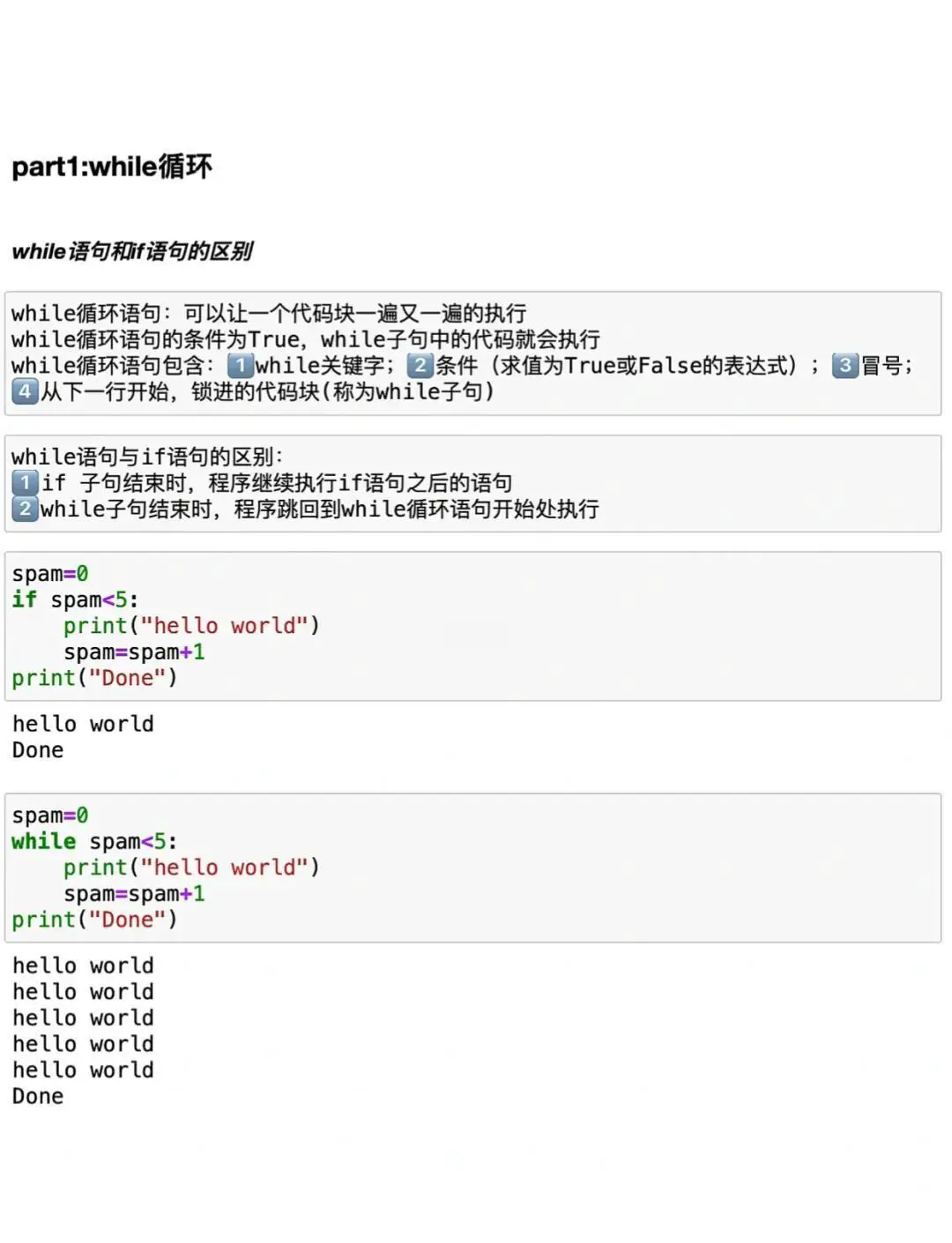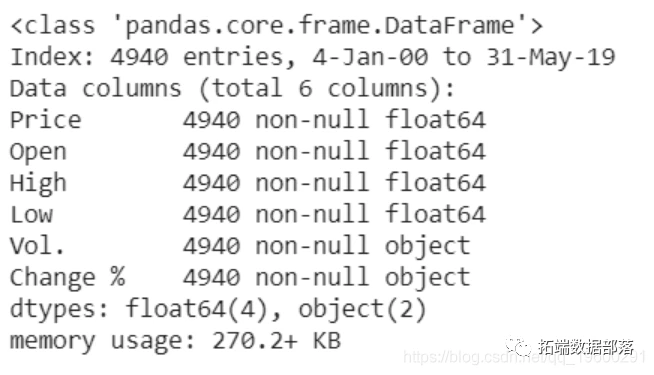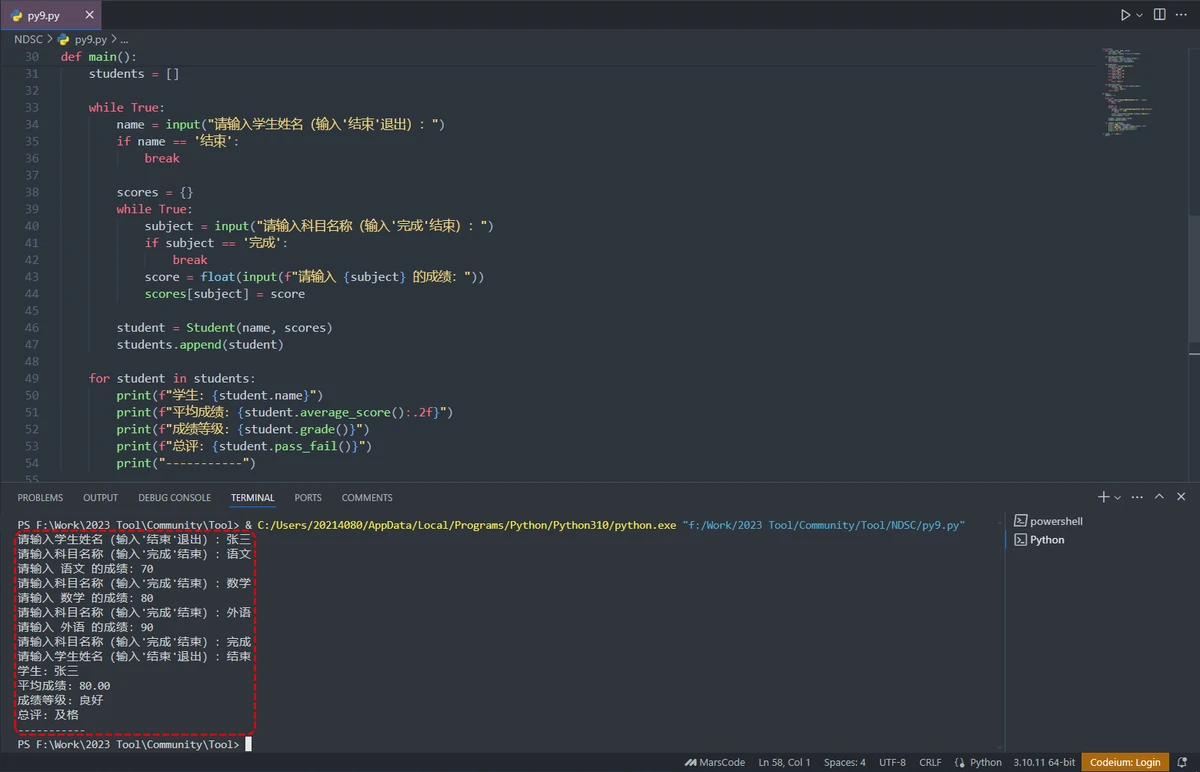
=============================================
In quantitative finance, GARCH (Generalized Autoregressive Conditional Heteroskedasticity) models are widely used for modeling financial market volatility. These models provide a sophisticated approach to capturing time-varying volatility, which is crucial for many trading strategies. When implemented in Python, GARCH models enable traders and quants to forecast market volatility, assess risk, and develop data-driven strategies.
In this article, we will guide you through the process of implementing GARCH in Python for trading. We’ll cover the basic theory behind GARCH models, how to set up a Python environment, step-by-step instructions for implementing GARCH, as well as strategies for optimizing the model’s performance. We will also discuss the key tools and libraries that make GARCH modeling in Python effective.

What is GARCH and Why is It Important in Trading?
Before diving into the Python implementation, let’s first understand what GARCH is and why it’s useful in trading.
GARCH is a class of statistical models used to estimate the volatility (or variability) of financial time series data. Volatility is one of the most important metrics in finance because it measures the risk and uncertainty in the price movements of assets.
Why Use GARCH Models in Trading?
- Volatility Forecasting: GARCH models are widely used for predicting future volatility based on past data. Traders use this forecast to adjust their positions and manage risk.
- Risk Management: By accurately predicting volatility, traders can implement more effective risk management strategies, such as position sizing and stop-loss levels.
- Improved Trading Decisions: GARCH models help traders make informed decisions about entry and exit points based on volatility, improving overall strategy performance.

Setting Up Your Python Environment for GARCH Implementation
Python is an excellent programming language for implementing GARCH models, thanks to its robust data analysis libraries such as pandas, numpy, matplotlib, and arch. The arch package, in particular, provides a straightforward implementation of GARCH models.
Installing Necessary Libraries
Before starting the implementation, make sure to install the following Python libraries:
bash
Copy code
pip install pandas numpy matplotlib arch
- pandas: Used for data manipulation and analysis.
- numpy: Provides support for large multidimensional arrays and matrices.
- matplotlib: Used for creating static, interactive, and animated visualizations.
- arch: Provides a comprehensive implementation of ARCH and G

0 Comments
Leave a Comment